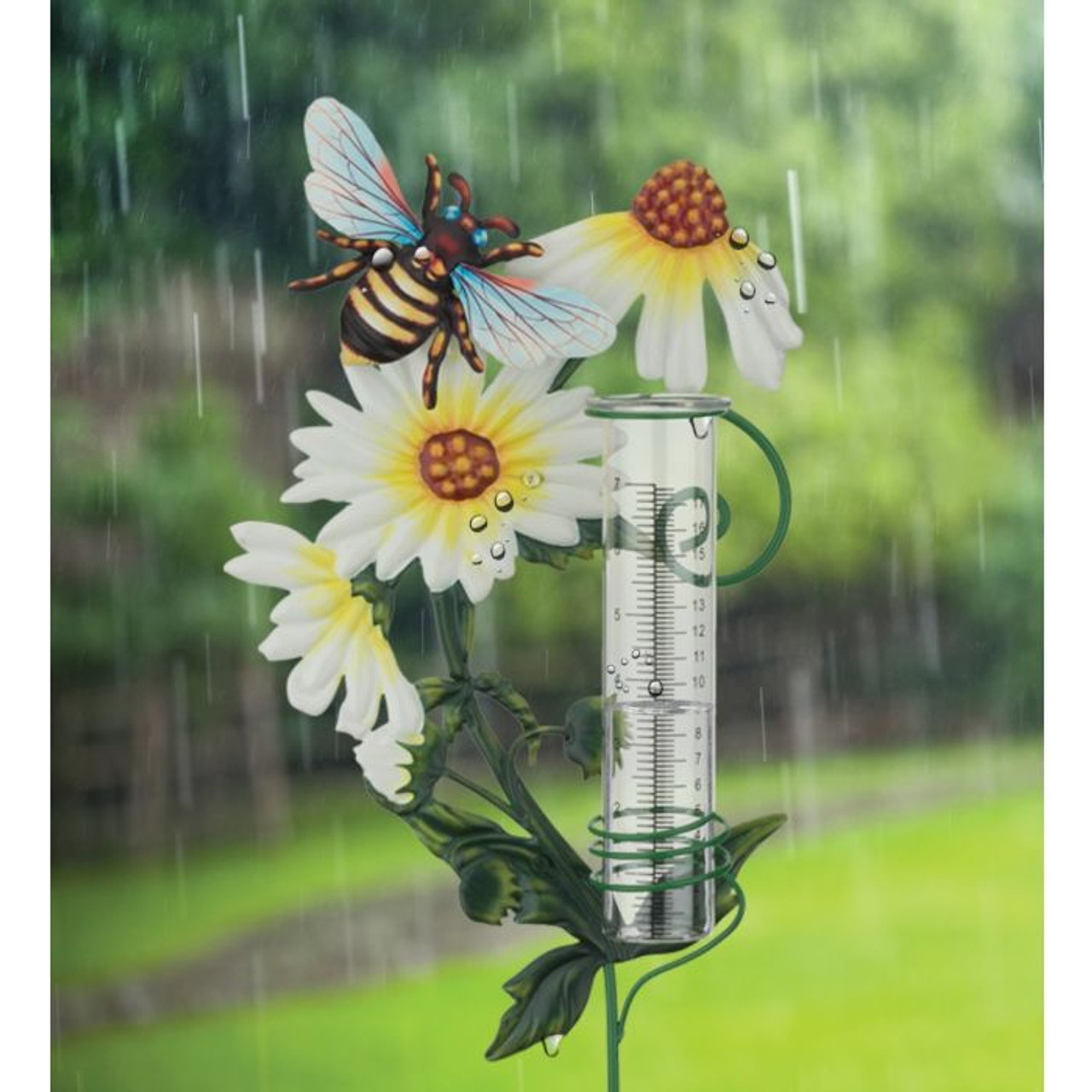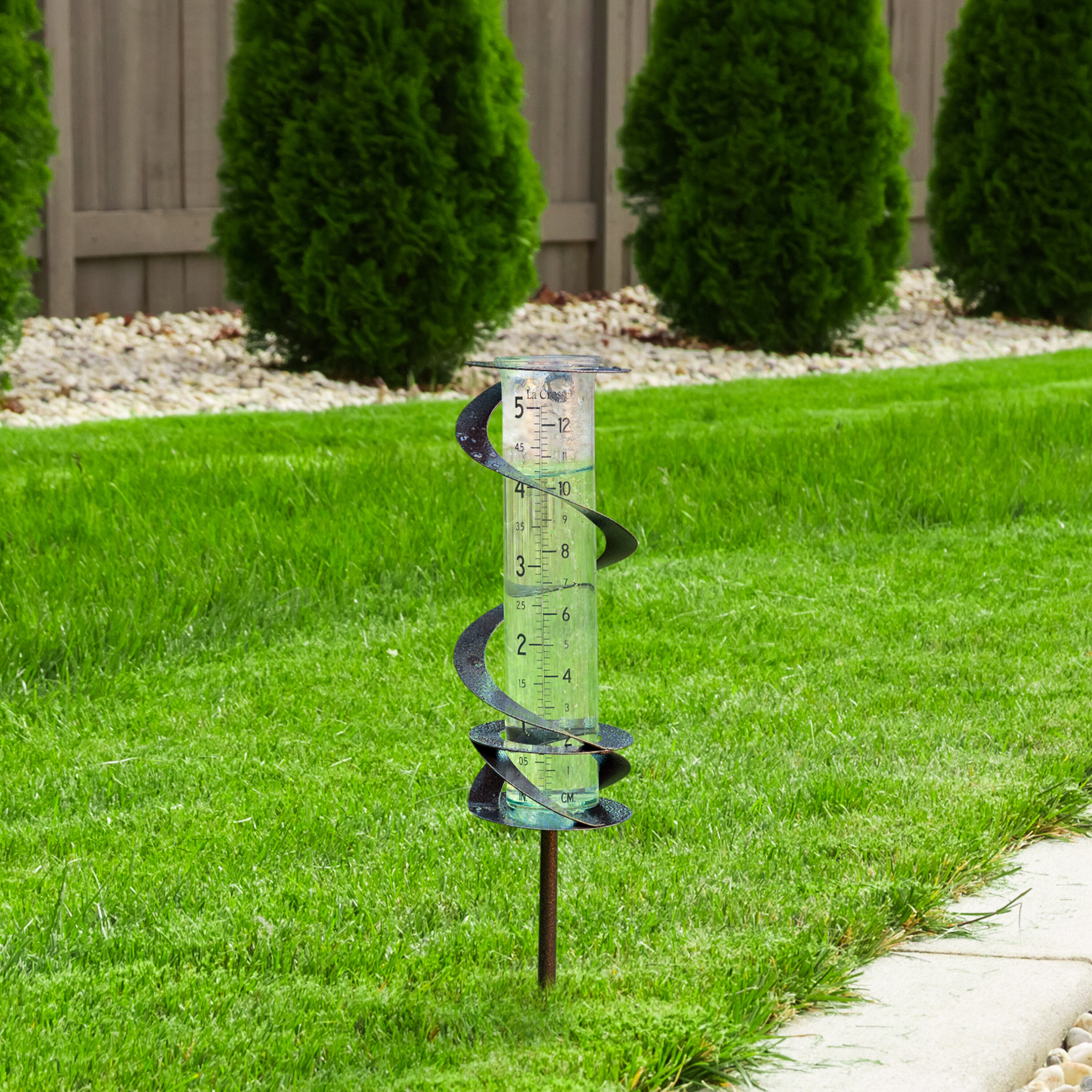The Rain Gauge: Enhancing Agricultural and Environmental Keeping An Eye On Efforts
The Rain Gauge: Enhancing Agricultural and Environmental Keeping An Eye On Efforts
Blog Article
How to Select the Right Rain Scale for Accurate Rainfall Information
To obtain reliable dimensions, it is important to pick the best rain scale. Taking into consideration elements such as place, type, and precision of the rain gauge will certainly aid guarantee exact information collection. Additionally, understanding the maintenance and calibration treatments will contribute to the long life and integrity of your rainfall scale.
Significance of Selecting the Right Rainfall Scale
The significance of choosing the best rain scale depends on acquiring exact and trusted rainfall data for precise atmospheric analysis. Rainfall data is crucial for a large range of applications, consisting of weather condition forecasting, hydrological modeling, and environment research study. Inaccurate or unstable data can lead to incorrect final thoughts and flawed decision-making procedures.

Secondly, the accuracy and precision of the rain gauge are paramount. The gauge must have the ability to determine rainfall with high accuracy, capturing even tiny quantities of precipitation precisely. It ought to additionally decrease errors because of evaporation, wind, and other environmental elements. Routine calibration and maintenance are important to guarantee ongoing precision.
Furthermore, the place and setup of the rainfall gauge are vital factors to consider. It should be placed in an open area, away from blockages that might affect rains dimensions. The gauge ought to be positioned at an appropriate elevation and angle to prevent splashing and make certain proper catchment of rainwater.
Variables to Take Into Consideration When Picking a Rainfall Scale
When choosing a rainfall gauge, there are a number of essential aspects to think about. There are different kinds readily available, consisting of standard rainfall evaluates, tipping bucket rainfall evaluates, and evaluating rainfall gauges.
An additional aspect to consider is the material of the rainfall gauge. Rainfall evaluates can be made from numerous materials, such as glass, plastic, or steel. The material chosen should be immune and durable to weather conditions, ensuring that the rain scale will stand up to the components and offer precise measurements over time.
Accuracy is additionally an important variable to think about. Try to find rainfall assesses that have actually been adjusted and examined for precision. Attributes such as anti-splash rings and funnels can likewise boost the accuracy of the measurements.

Finally, consider the climate and atmosphere in which the rain gauge will certainly be utilized. Various rainfall determines appropriate for different environments, so it is important to pick one that is appropriate for the conditions in your location.
Different Sorts Of Rain Gauges Offered
To additionally explore the elements to think about when selecting a rain scale, it is important to recognize the different kinds of rain gauges readily available. The most typical kind is the common rain gauge, also recognized as the round rain scale.
One more type of rain gauge is the tipping bucket rainfall scale. As the rainfall falls into the gauge, it fills up one side of the pail, causing it to tip and clear the water.
A third type of rain scale is the weighing rainfall gauge. As the rainfall falls into the scale, it is accumulated in a container connected to a balance.
Ultimately, there are additionally remote rain assesses that use advanced modern technology to determine rains (The Rain Gauge). These gauges use sensors and transmitters to send out data wirelessly to a central unit. Remote rainfall gauges are practical for checking rains in hard-to-reach locations or for massive information collection
How to Determine the Accuracy of a Rainfall Scale
One method to assess the accuracy of a rainfall scale is by conducting regular calibration measurements. Calibration entails contrasting the readings of a rain gauge to a typical measurement, such as a certified rain gauge or a weather condition station with high accuracy. By contrasting the measurements, any type of discrepancies or inaccuracies in the rain gauge can be recognized and made up.
To perform a calibration measurement, begin by collecting rains information from both the rain scale and the conventional dimension tool over a details amount of time, such as a month. After that, contrast the analyses and determine the difference between them. This difference is referred to as the calibration mistake.
It my blog is necessary to keep in mind that calibration dimensions should be carried out on a regular basis, as ecological variables, such as debris, wind, and temperature level, can influence the accuracy of the rain scale in time. By performing regular calibrations, any type of adjustments in the precision of the rain gauge can be found and modifications can be made accordingly.
In addition to calibration, it is also recommended to tidy and maintain the rainfall gauge my explanation regularly to ensure its accuracy. Remove any kind of particles or obstructions that might influence the precision of the dimensions, and inspect for any kind of signs of damages or put on that may need repair services or substitute.
Tips for Maintaining and Adjusting Your Rainfall Gauge
Normal upkeep and calibration are crucial for making sure the accuracy and integrity of your rain gauge in gauging rainfall data (The Rain Gauge). By adhering to a few basic tips, you can make certain that your rain gauge is effectively maintained and adjusted
Firstly, it is very important to cleanse your rain gauge consistently to stop any kind of particles or dirt from blocking the rainfall collection mechanism. Utilize a light detergent and a soft brush to gently cleanse the inside and exterior of the gauge. Rinse it thoroughly with clean water and permit it to dry entirely before re-installing it.
Second of all, it is advised to adjust your rain gauge a minimum of yearly. Calibration entails comparing the measurements of your rainfall scale with those of a trusted and exact recommendation scale. This will aid you identify and fix any kind of prospective mistakes in your rain scale's measurements.
To adjust your rain gauge, accumulate a well-known volume of water utilizing a determining container and contrast it with the dimensions tape-recorded by your rain scale. Readjust the analyses accordingly to guarantee accuracy.

Conclusion
In final thought, picking the appropriate rain scale is vital for acquiring accurate rains data. When selecting a rain scale, factors such as spending plan, place, and purpose ought to be taken into consideration. There are various kinds of rain assesses available, each with their own benefits and limitations. It is very important to on a regular basis keep and calibrate your rainfall scale to ensure its precision. By adhering to these guidelines, precise rains data can be gotten for different applications.
There are different types available, including basic rainfall assesses, tipping bucket rain assesses, and considering rain gauges.To further explore the aspects to consider when selecting a rain Going Here gauge, it is vital to understand the various kinds of rain evaluates offered. The most common kind is the typical rainfall gauge, additionally known as the round rainfall gauge.One more kind of rain gauge is the tipping bucket rainfall scale. Calibration entails comparing the readings of a rainfall gauge to a conventional dimension, such as a certified rain scale or a climate terminal with high precision.
Report this page